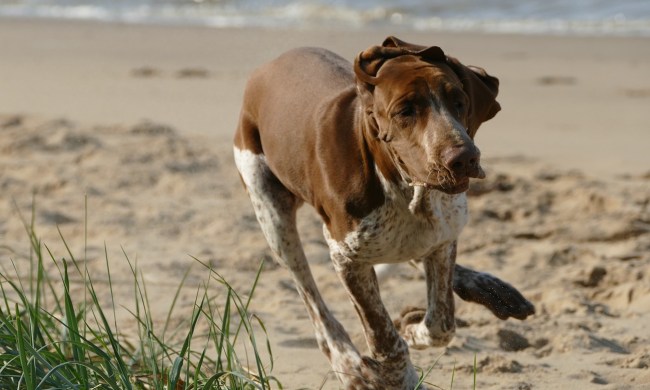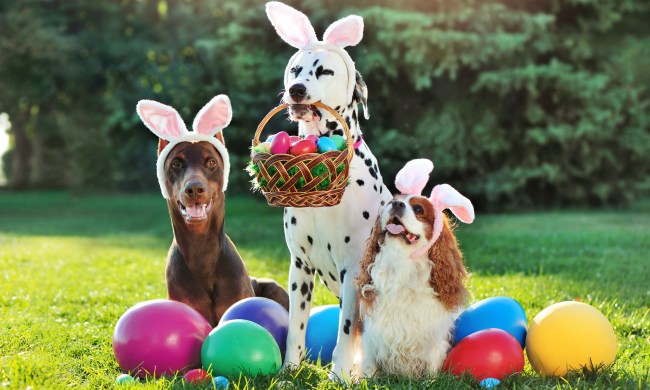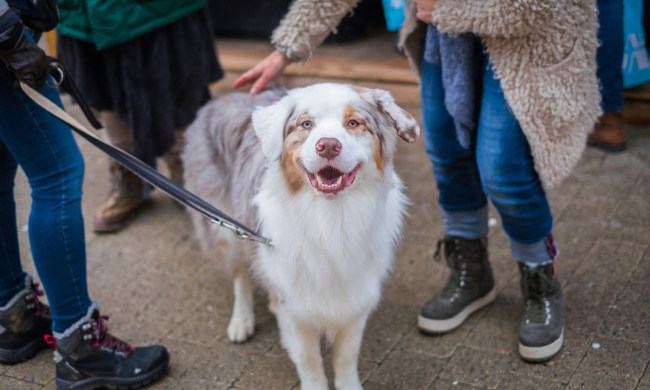As a devoted pet parent, you buy products with confidence, hoping that the companies who manufacture them have the same dedication to protecting the health of their furry little customers as you do. Unfortunately, that’s not always the case. In fact, there isn’t a regulatory agency to make sure pet accessories, grooming products, or bedding meet any safety standards, which leaves the gate wide open for interpretation.
What’s a conscientious pet parent to do? Get educated. Thanks to the growing trend of treating pets like family members, especially among our millennials, more and more manufacturers are jumping into the organic pet product market. These are some of the best non-toxic dog products around.
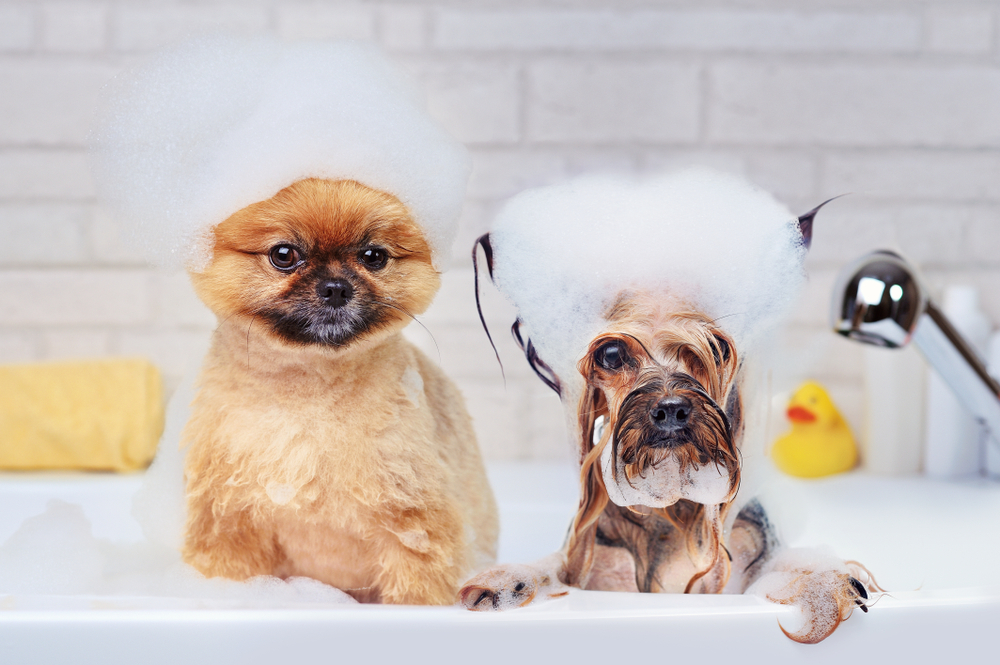
Grooming
It’s not only what we put in our bodies that matters; the products we put on our hair and skin play a part in good health, too. The same can be said for our canine companions. Physical differences aside, their hair and skin are as porous as ours, which means any toxins in their grooming products are absorbed into their bodies.
For that reason, look for natural grooming products like Pro Pet Works Organic Shampoo + Conditioner. Not only is this shampoo-and-conditioner combo formulated for pets with skin allergies, it’s also free of parabens, sulfates, animal byproducts, and alcohol. The aloe vera gel is soothing, while the almond oil contains vitamin E, which helps keep skin cells healthy.
Pet parents say it lathers like an expensive shampoo, rinses out of the fur easily, and although it has a strong scent right out of the bottle, the lingering smell is natural and mild.
Burt’s Bees Natural Oatmeal Shampoo is another pet parent favorite. It’s ideal for dogs with sensitive skin and is made with colloidal oatmeal, beeswax, and honey. It’s also tearless, making it safe for dogs of all ages and breeds. Dog parents rave about the smell and also say that the shampoo is very easy to rinse out, which is a plus. There are some complaints about the shampoo not lathering as well as other products, but overall, Burt’s Bees is a trusted brand that dog owners are mostly pleased with.
Toys
Since dogs use their mouths to play and explore, it’s important that the toys we give them are free from hazardous toxins like lead, arsenic, melamine, and formaldehyde. These chemicals can cause a long list of health problems, including digestive tract issues, kidney failure, and even death.
You don’t have to worry about that with toys made of natural materials, like these SunGrow Cotton Rope Knot animals, which are all-cotton rope and colored with edible dye. Gaby the Giraffe and Daisy the Dog can also be cleaned in the washing machine — another bonus if you have a dog who likes to take his toys outside when he plays.
Pet parent reviewers say these toys last longer than regular stuffed toys. At least one says she appreciates the fact that they don’t contain a squeaker!
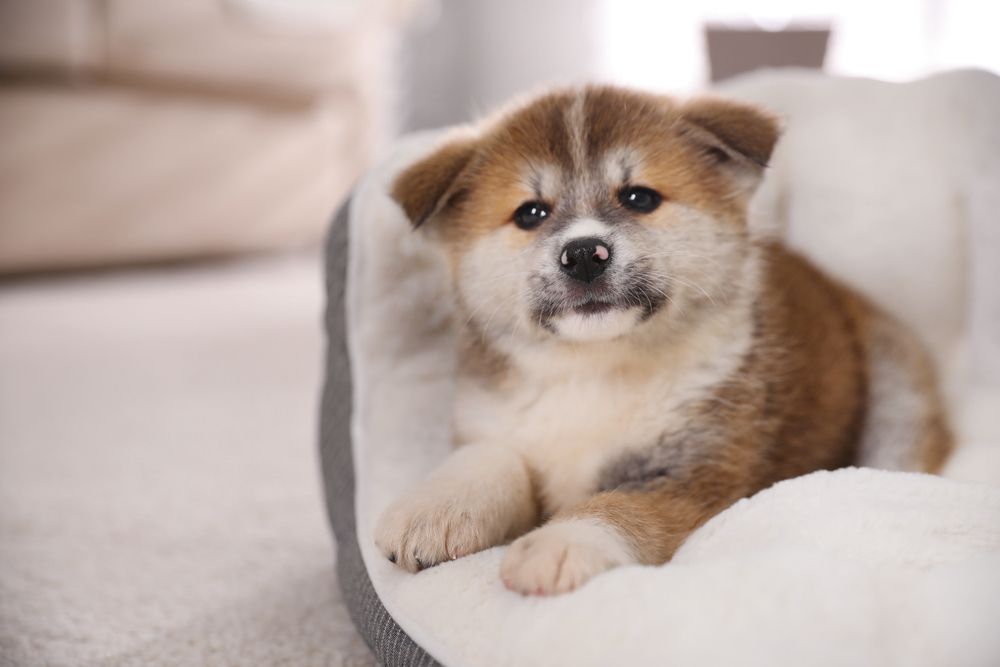
Accessories
You probably haven’t given all that much thought to what your dog’s bed is made from, but perhaps you should. Some contain triclosan, a chemical with anti-bacterial properties that have been found to cause colon problems, skin and thyroid issues, and food allergies in pets. Toxic fabric treatments, like flame retardants and PFCs, can damage your dog’s endocrine system and cause cancer.
That’s why we like these Molly Mutt duvet covers. These 100% cotton, fully zippered, preshrunk sacks fulfill two purposes: They are made from natural fibers, and they can be stuffed with your old linens and blankets, which calms anxious pups with the familiar scent of their favorite human. Pet parents say they are durable and wash well and “really stand up to the pack we have here.”
Being mindful of the toxins in our pets’ products might seem like a lot of work, but it’s really a small price to pay in exchange for the unconditional love they give us. Thankfully, it’s becoming easier to find companies that have devised a way to manufacture products that benefit the health and safety of our canine companions as well as their bottom line. Mother Earth is undoubtedly happy, too.
